10 Coolest Netbooks Of 2009

Netbooks came into their own in 2009. The market was saturated with offerings from different vendors that all more or less sported the same internal specs: an Intel Atom processor, 160 GB of storage and 1 GB of memory. That didn't stop consumers from going wild over the low price point, decent functionality and lightweight design. Here are the coolest netbooks from the past year.
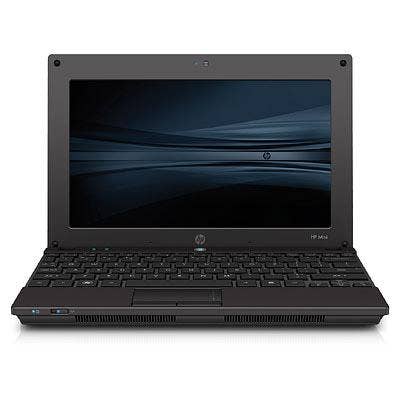
The ultimate netbook goal for vendors might be to make a product that easily crossed over from the consumer market into the business world. The HP Mini 5101 is being billed by as a device that does just that. The 5101 is powered by the Intel Atom N280 processor and a Mobile Intel 945GSE Express chipset. Storage on the netbook is abundant, with available hard drive options of 160 GB, 250 GB or 320 GB; the Mini 5101 also supports an 80-GB solid state hard drive.
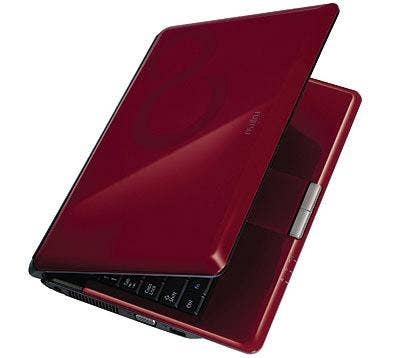
It took the company a while, but Fujitsu finally decided to make a splash in the netbook market in 2010 with its M2010. Fujitsu's specs aren't out of the realm of that of a normal netbook -- 1.6-GHz Atom N270 processor, 10.1-inch screen and weight about 2.5 pounds. The M2010's signature might be its color, a ruby red that serves to set it apart from the rest of the crowd.
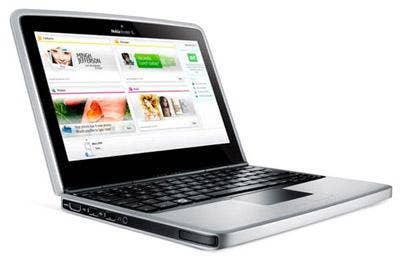
Nokia was something of a surprise entrant into the netbook market in 2009, with its Booklet 3G. The fact that the phone maker built a netbook shows the ongoing convergence of mobile devices, with phones become more computer-like and computers becoming for phone-like. Still, Nokia caused waves with its 1.6 GHz Atom CPU and 12-hour battery life. The original price tag was around $800 before Nokia finally wised up, offering a subsidized deal through telecom carriers.
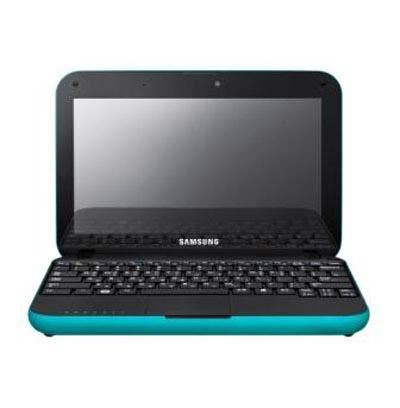
The Samsung N310 Go Netbook isn't going anywhere quickly -- at least, its rubberized finish means it won't be falling out of your hands. The netbook tips the scales at just 2.9 pounds and has a 10.2-inch LCD display. While it's not an entirely rugged netbook, the rubber coating on the device will help ensure that it doesn't slip off the table, but if it does, the Samsung N310 Go is a little bit tougher than your average netbook.
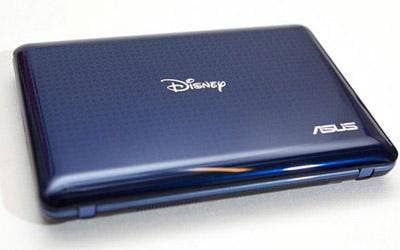
Asus piloted the netbook revolution a few years back, giving consumers the first netbook on the market in the Eee PC. Since then, Asus has continued to be a netbook leader. But earlier this year the vendor did something unmatched in the industry by rolling out a netbook co-branded with Disney, called a Netpal. The netbook is ostensibly aimed at children but still features an 8.9-inch LCD screen and Atom N270. The demographic, if you can really call it that, is for kids ages 6-12 and may be designed to get young children familiar with technology.
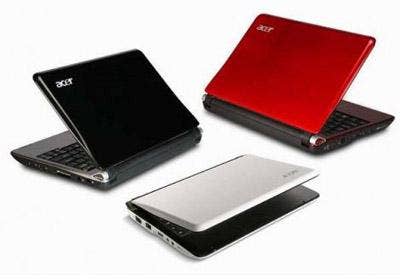
It wouldn't be right to leave the company that turned netbooks into a market leading position off this list. Acer used netbooks to vault past Dell to become the No. 2 PC maker in the world in 2009. And the company did it with a model that is hard to beat: inexpensive hardware at a good price that is of OK quality. The Acer Aspire One 10.1-inch netbook is equipped with an Intel Atom processor, LCD screen and 3G connectivity. Don't believe in its quality or appeal? Just ask Dell about how popular this netbook has become.
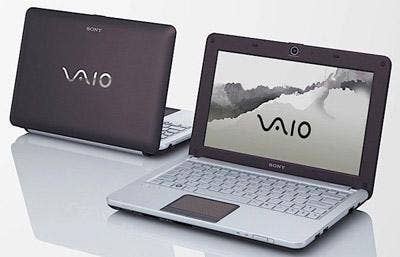
Sony understands that netbooks are all about providing lightweight, portable computing with reasonable power. In July the company delivered the Sony Vaio W-series to meet those needs and to try and catch the netbook wave on its way up. The Vaio W weighs just 1.6-pounds and is equipped with a 10.1-inch screen. But some of its other dimensions make it a bit more noteworthy. The netbook is only 1.28 inches thick and 7.1-inches deep, making it somewhat pocket friendly. Still, the Vaio W delivers 1366 x 768 resolution, two USB ports, an Ethernet port and built-in Webcam in that compact form factor. While it is a bit more expensive that other netbooks, costing around $700, it does deliver some features that other netbook users might be left wanting.
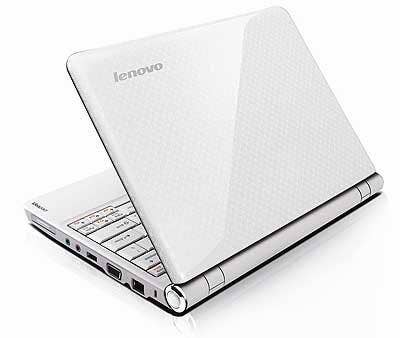
Lenovo tried to do something different with its IdeaPad S12 and change the mini-note category. The PC maker rolled out the S12 with a 12-inch display for customers who wanted a little more screen real estate and a keyboard that was more comfortable.
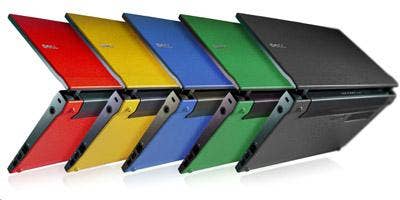
Dell, like the majority of its competitors, rolled out numerous netbooks over 2009. But the Dell Latitude 2100 showed that the vendor was trying to do something unqiqu: create a product that is designed to play well in a specific vertical, in this case education. The rubberized case aims to make the device "student rugged," allowing kids to use the netbook in the classroom before throwing it in a backpack and heading out to do homework on it later that night.
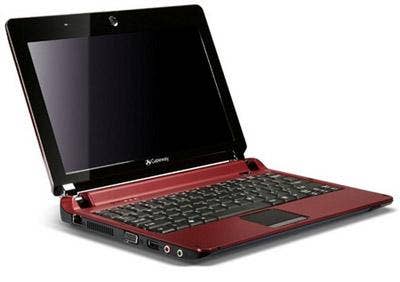
With every vendor hoping to take a large chunk out of the netbook market, differentiation is key. Lenovo rolled out a 12.1-inch netbook to separate itself from the competition. Gateway decided to see if a netbook measuring 11.6-inches would be appealing to the market. The goal was to provide something an inch bigger than its rivals with essentially the same internal specs (Intel Atom, 160GB storage, 1 GB memory). An extra inch and a half does provide more screen space as well as a less cramped keyboard.